PsychNewsDaily Publishers
100 Summit Drive
Burlington, MA, 01803
Telephone: (320) 349-2484
PsychNewsDaily Publishers
100 Summit Drive
Burlington, MA, 01803
Telephone: (320) 349-2484
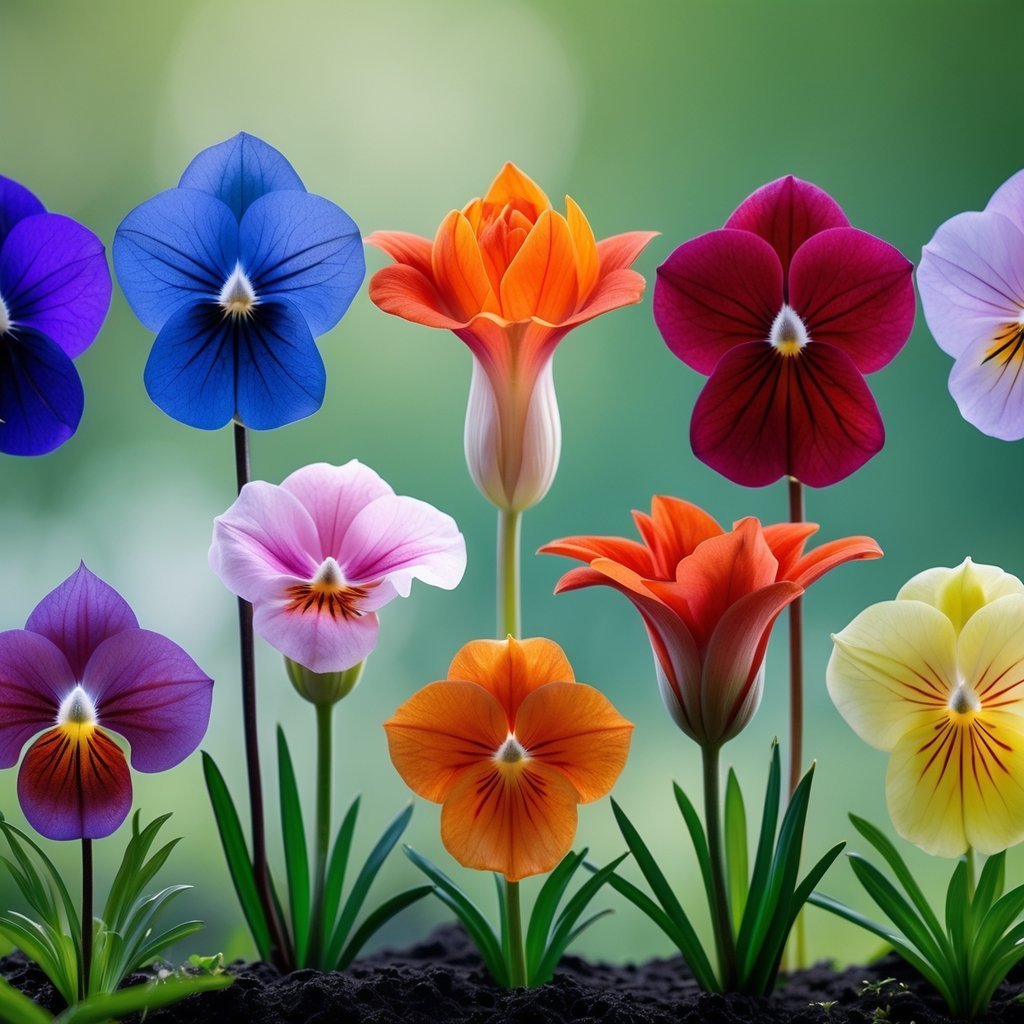
Ever wondered why you rarely see certain flower colors in nature? Sure, flowers show up in all kinds of shades, but some colors just don’t happen often. That rarity makes these blooms feel extra special and gives your garden or bouquet that one-of-a-kind vibe.
Here are seven flowers with colors you almost never find in nature—proof that the natural world still has a few surprises up its sleeve. When you know a bit more about these rare colors, it’s hard not to appreciate flowers in a new way. Maybe you’ll even want to track down some of these unusual blooms for yourself.
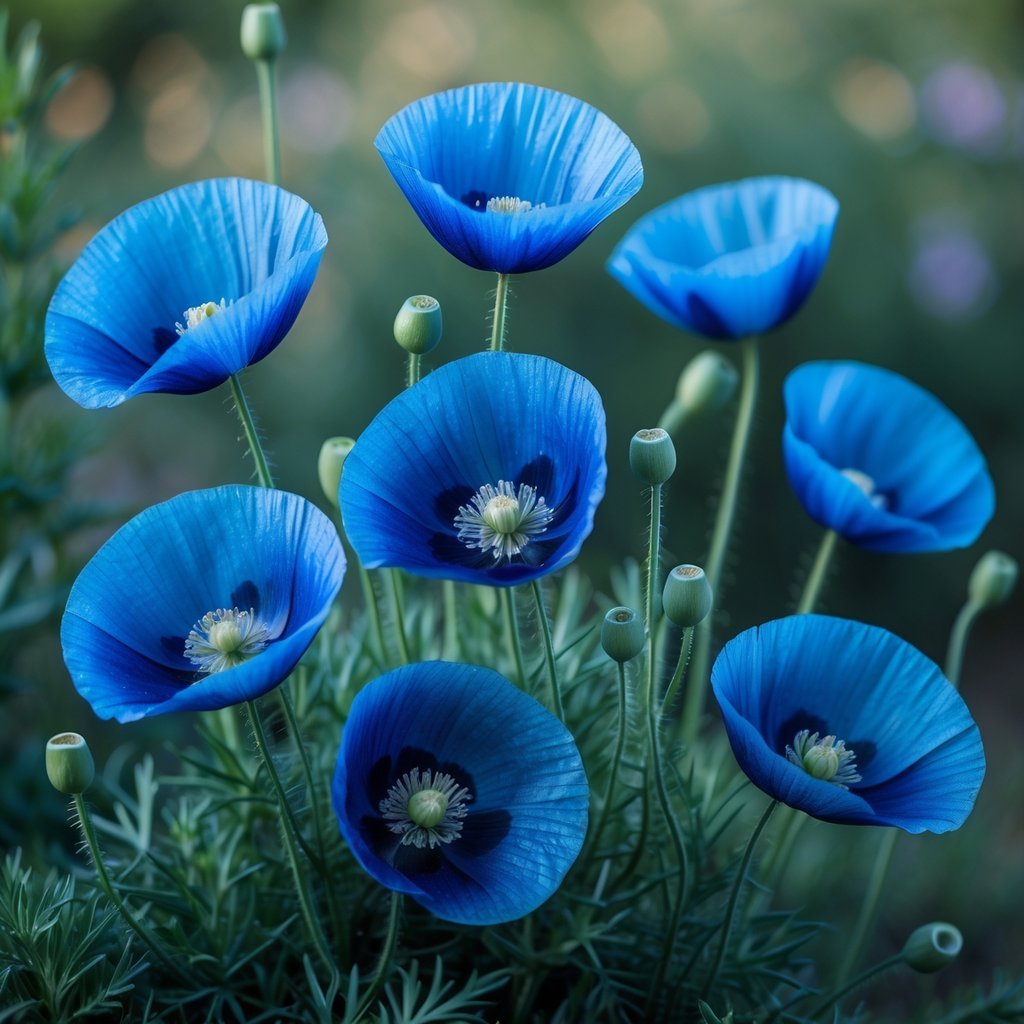
The blue poppy stands out as one of the rarest blue flowers you’ll ever see. You’ll mostly find it in the Himalayan region, where it likes cool, damp spots up in the mountains.
Its petals show off a gentle, sky-blue color that really pops in a garden. If you want to grow one, pick a shady place and keep the soil moist.
These flowers can get pretty tall—sometimes up to 3 or 4 feet. Their delicate, almost papery look is just lovely.
Blue poppies don’t just look good; they bring a calm, cool feeling to any garden. They’re not easy to find, but honestly, the effort pays off if you’re after something unique.
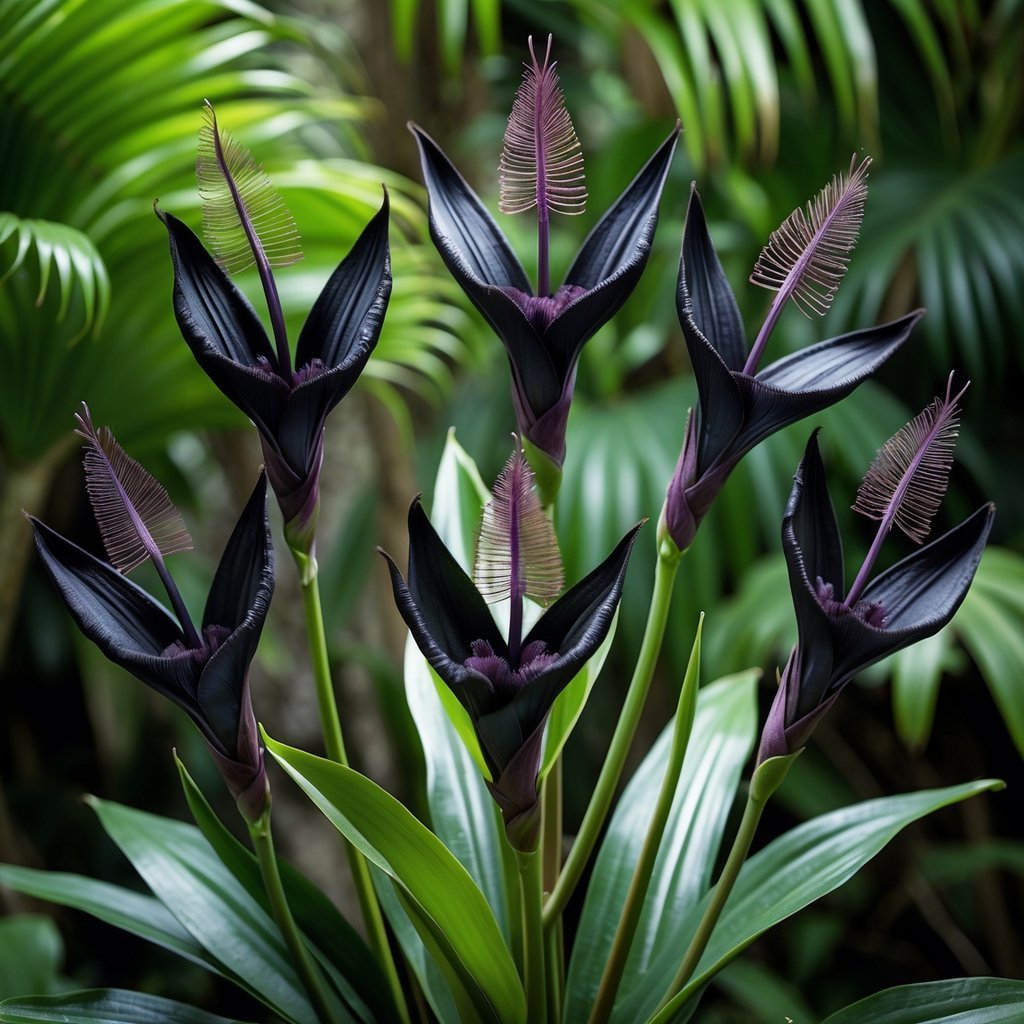
You probably won’t run into the Black Bat Flower every day—it’s rare and pretty wild-looking. Its petals are so dark they look almost black, which is a color you hardly ever see in flowers.
The shape is just as strange as the color. The flower looks like a bat, with long, skinny whiskers sticking out from the sides.
Southeast Asia is where this plant feels at home, thanks to the warm, humid weather. Growing it takes a bit of patience, since it likes shade and plenty of moisture.
If you’re into plants that feel mysterious or a little spooky, this one’s a solid choice.
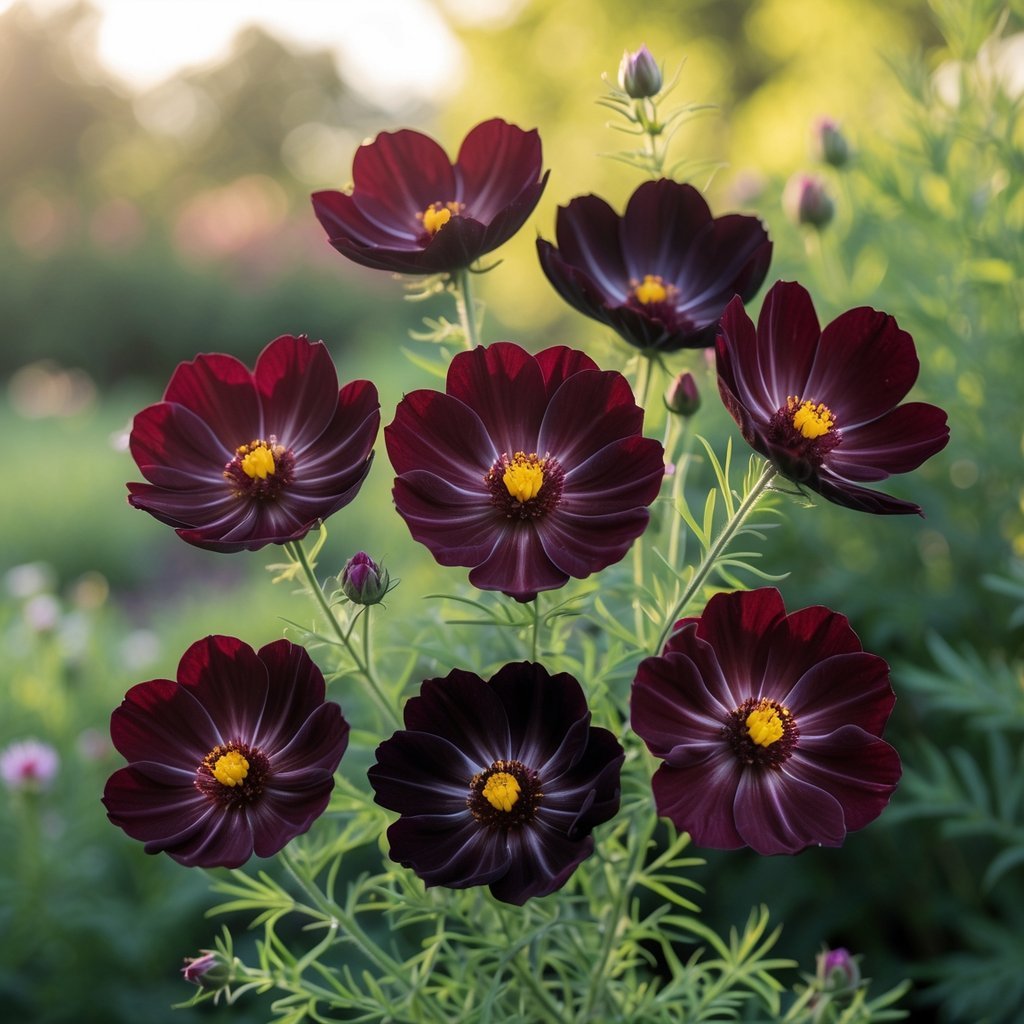
Imagine finding a flower that not only looks like chocolate but smells like it too. The Chocolate Cosmos has a deep burgundy color you just don’t see much in nature.
That rich color brings something special to any garden, and the scent—wow, it really does smell like fresh chocolate. Not many flowers can say that.
Originally, Chocolate Cosmos grew wild in Mexico, but sadly, it’s now extinct in the wild. The good news? You can still grow it at home, and it’s not even that hard to care for.
This rare flower tends to stand for love, passion, and a bit of mystery. Sounds like a keeper, doesn’t it?
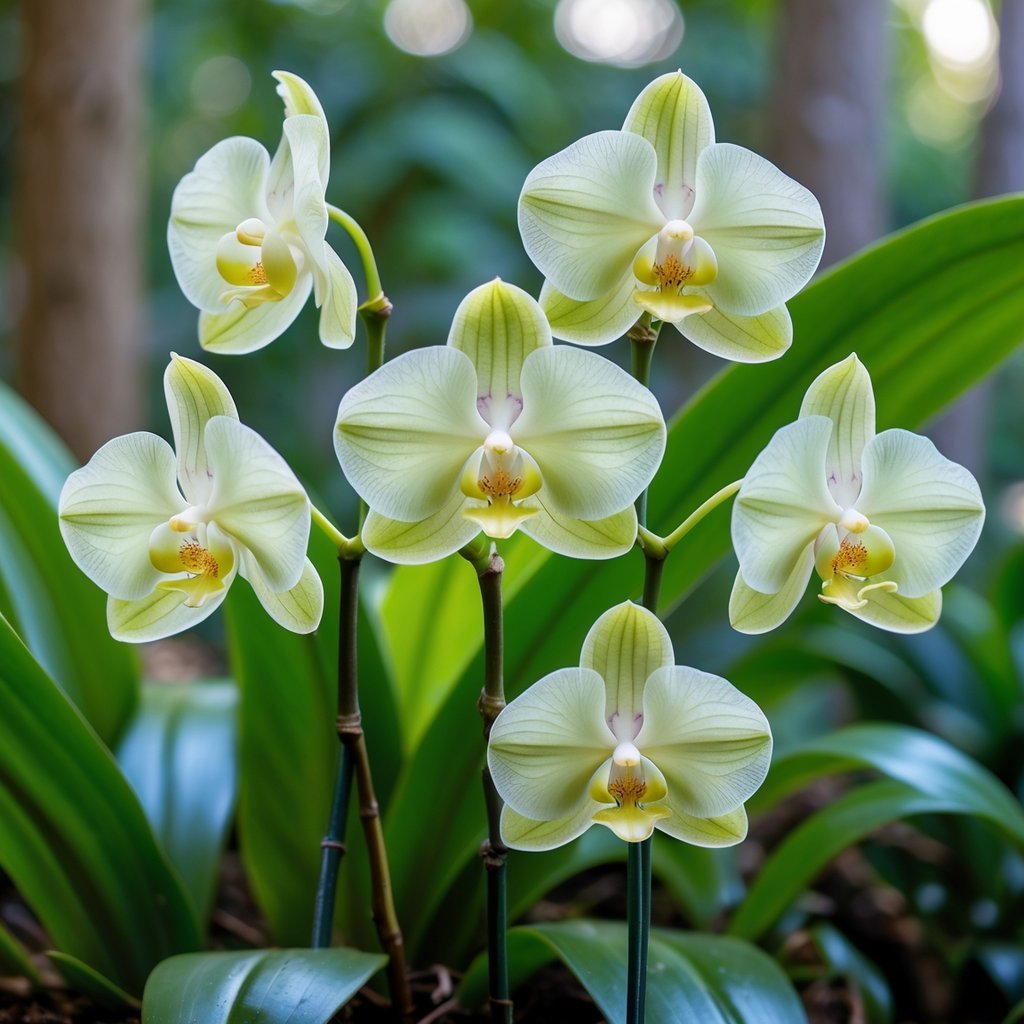
The Ghost Orchid has a reputation for being hard to spot. It hides out in the swamps of Florida and the Caribbean, where not many people go poking around.
Its petals look ghostly white and almost seem to float in the air since the plant doesn’t bother with leaves. You’ll need patience and a sharp eye to find one.
This orchid survives in tough-to-reach places, which makes it even more special when you do see it. There’s something otherworldly about it, but it’s very much real.
If you ever hope to see a Ghost Orchid, remember that it likes warm, humid places. Protecting these habitats matters if we want future flower lovers to spot them too.
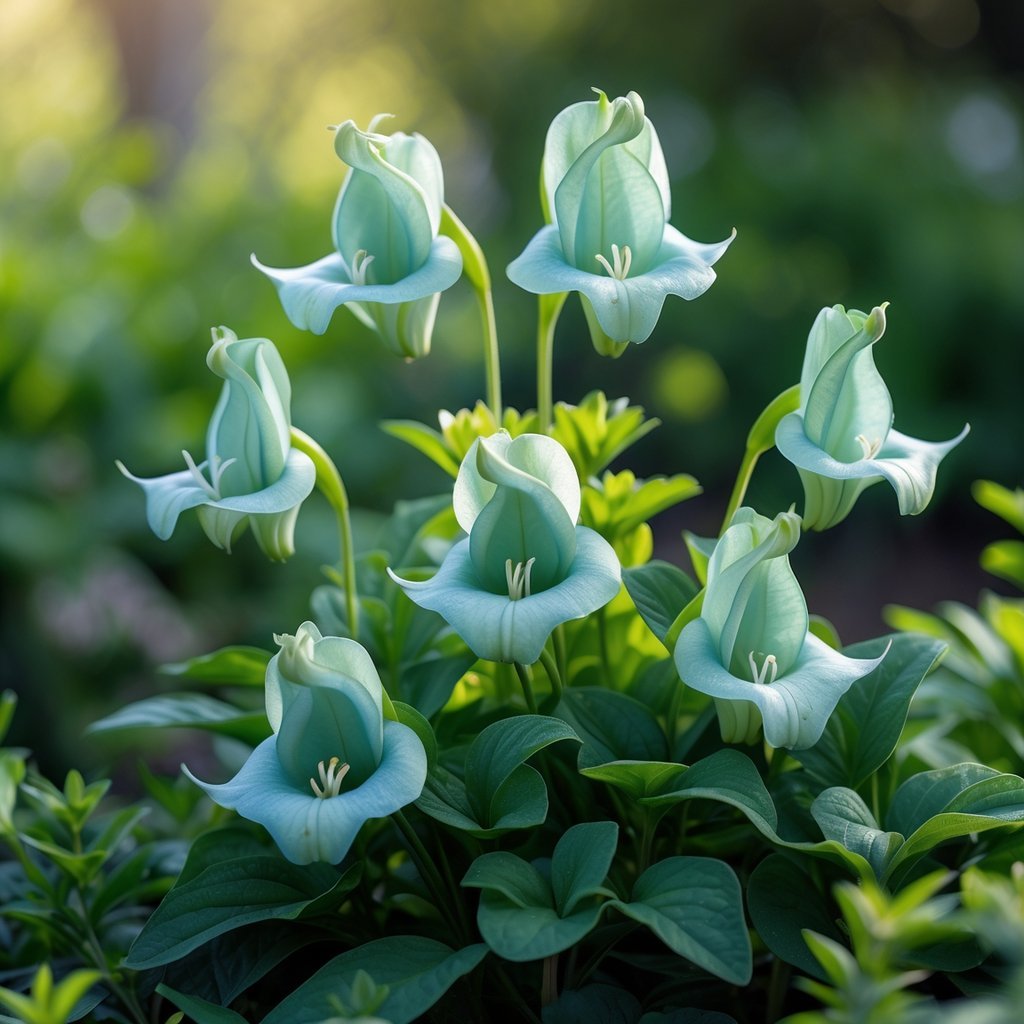
The Glaucous Gentian grabs your attention with its strange blue-green color. It’s not the bright blue you might expect, but more of a soft, pale blue that’s tough to find in the wild.
This plant stays low to the ground and shows up in cold, wet places like mountain meadows. Its thick, egg-shaped leaves help it deal with harsh conditions.
If you’re out hiking, keep an eye out for its neat clusters of short-stalked flowers. They don’t shout for attention but have a quiet beauty that’s hard to ignore.
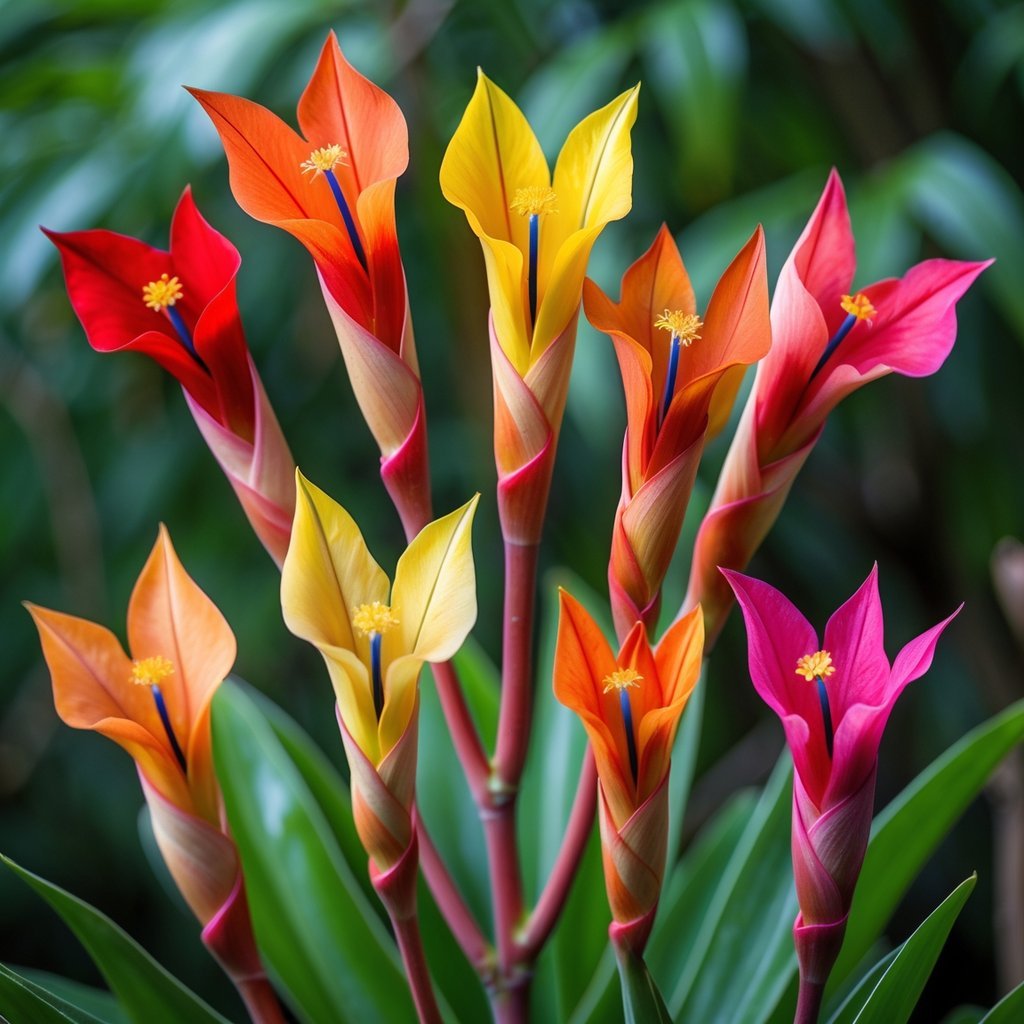
You can’t miss the Parrot’s Beak flower—it’s got bright red and orange petals that curve just like a parrot’s beak. That shape alone makes it stand out.
This flower mostly grows on the Canary Islands, where the weather suits it perfectly. Sadly, it’s become quite rare in the wild, though you’ll still see it in some gardens.
If you’re after a burst of color that really stands out, Parrot’s Beak has you covered. Its fiery shades and odd shape can liven up any plant collection.
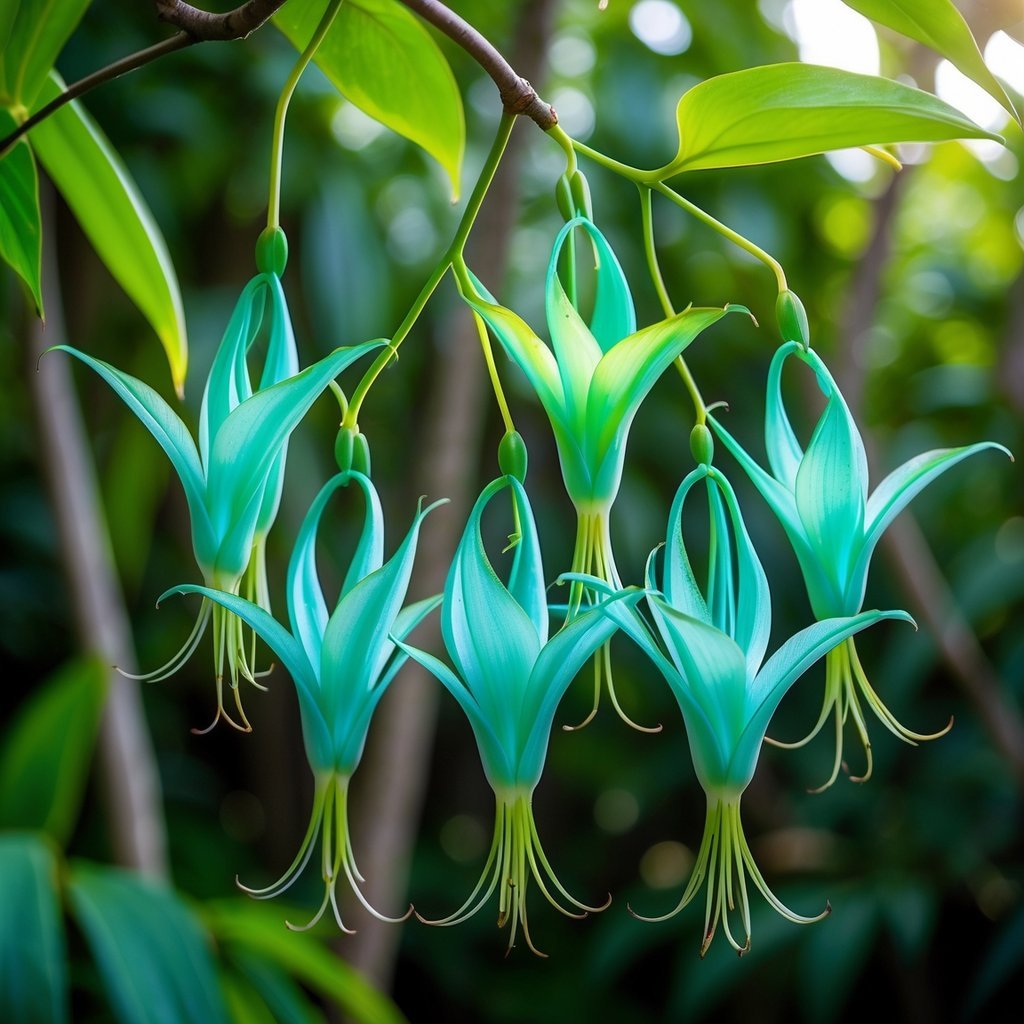
You’ll spot the Jade Vine tucked away in the rainforests of the Philippines. Not many flowers out there flaunt this kind of turquoise—it’s almost unreal.
Long, hanging clusters of curved blooms dangle down, kind of like pieces of polished jade. That wild color and the shape are exactly why people call it the Jade Vine.
Bats actually pollinate this flower, which is pretty cool if you ask me. They go for the bright color and the sweet nectar that the Jade Vine offers.
Honestly, it’s one of those plants that makes you stop and think about how wild nature can get with its colors.